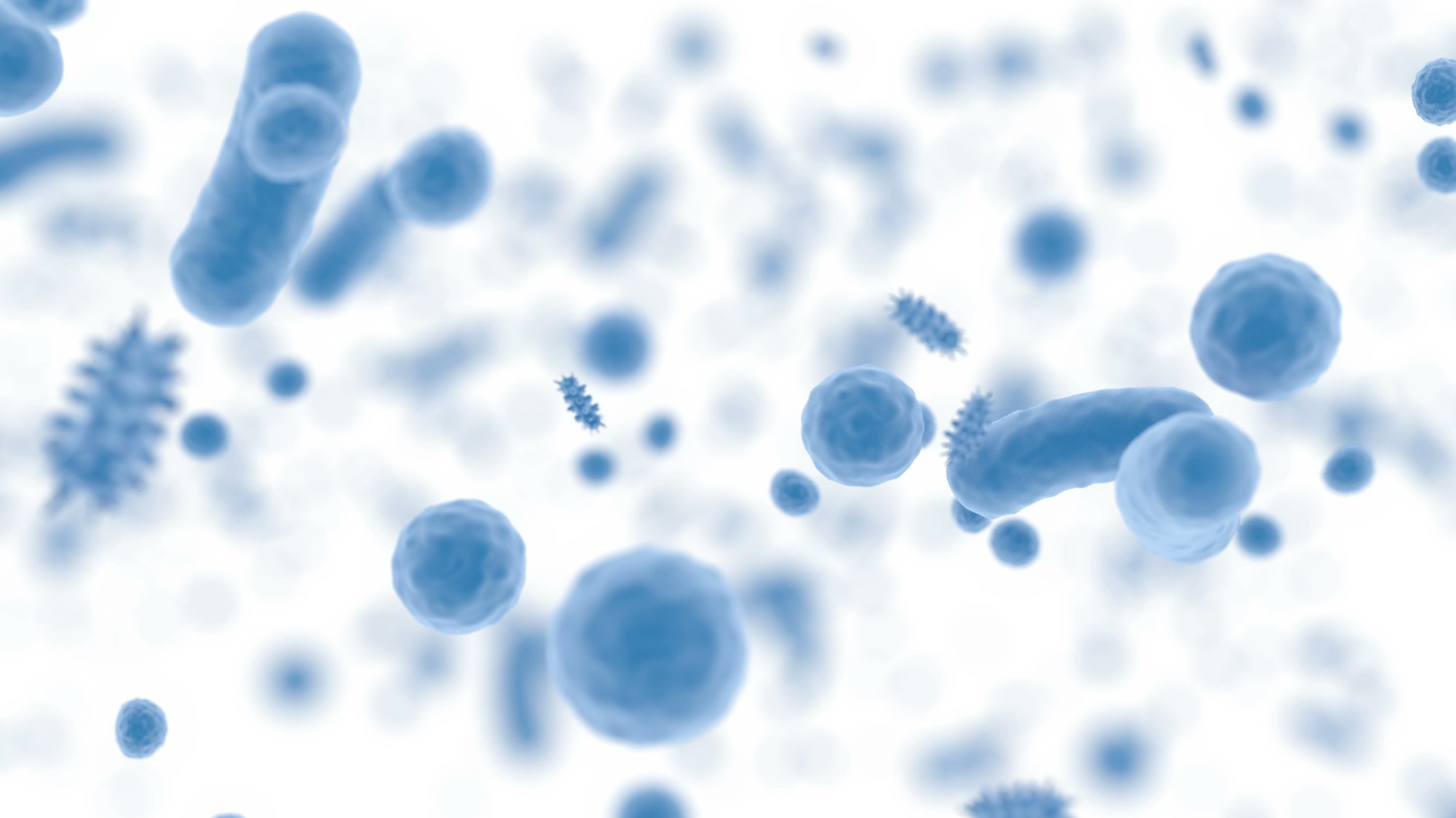In a current research printed within the journal The Lancet Microbe, researchers examined the affect of six experimental therapy regimens and the standard-of-case therapy for tuberculosis on the respiratory microbiome obtained from sputum samples.

Background
Latest years have seen in depth analysis on the position of varied microbiomes on general well being, with research indicating the affiliation between intestine microbiome dysbiosis and quite a few illnesses. Rising analysis signifies that respiratory microbiomes additionally play a major position in modulating host immunity and rising the resistance to respiratory pathogens. Varied illnesses, in addition to using antibiotics, have been recognized to trigger microbiome dysbiosis.
Whereas the usual therapy for tuberculosis, which incorporates two months of isoniazid, pyrazinamide, rifampicin, and ethambutol therapy, adopted by 4 months of isoniazid and rifampicin, doesn’t completely disturb the range of the respiratory microbiome, it causes the depletion of particular commensal micro organism which are immunologically essential.
With the intention of lowering the period of antibiotic publicity to the respiratory microbiome, new and shorter therapy regimens for tuberculosis are being investigated.
On condition that the respiratory microbiome is delicate to components corresponding to illness and food plan, the extended use of some antibiotics can compound microbiome dysbiosis, highlighting the necessity to examine the affect of such antibiotic therapy regimens on the respiratory microbiome.
In regards to the research
Within the current research, the researchers carried out a retrospective evaluation of the affect of tuberculosis therapy regimens on the respiratory microbiome by analyzing longitudinally collected sputum samples obtained as a part of two scientific trials that evaluated the efficacy of six experimental tuberculosis therapy regimens towards that of the usual tuberculosis therapy routine.
The PanACEA MAMS-TB scientific trial investigated the efficacy of 4 experimental therapies, which included various mixtures and dosages of isoniazid, pyrazinamide, rifampicin, and ethambutol. The HIGHRIF2 research evaluated the bacteriological response, tolerability, and pharmacokinetics of various doses of rifampicin.
Sputum samples of sufferers who responded positively to the therapies and reported a minimal of 1 unfavourable tradition on the finish of the scientific trials had been included within the evaluation.
Complete ribonucleic acid (RNA) was extracted from the sputum samples, and the bacillary load of Mycobacterium tuberculosis was measured utilizing the tuberculosis molecular bacterial load assay. The overall RNA was then transformed to complementary deoxyribonucleic acid (cDNA) by means of reverse transcription, and the V3–V4 area of the 16S ribosomal RNA gene was focused for amplification. Index polymerase chain response (PCR with variable DNA adapters was used for library preparation, and high-throughput amplicon sequencing was carried out.
The obtained sequences had been analyzed for whole micro organism and individually for photosynthetic cyanobacteria. A spread of range and evenness indices, corresponding to alpha range metrics, Shannon range index, Pielou’s evenness index, and Religion’s phylogenetic range index, had been calculated for the obtained information.
Moreover, the members who offered the sputum samples had been grouped in response to their area of origin, and the Mann-Whitney take a look at was used to check the distinction of their respiratory microbiome range. The Mann-Whitney take a look at was additionally used to judge the pre- and post-treatment variations in alpha range for every therapy routine.
Outcomes
The findings reported {that a} therapy routine consisting of 5 mg/kg per day of isoniazid, 20 mg/kg per day of rifampicin, 25 mg/kg per day of pyrazinamide, and 400 mg/kg per day of moxifloxacin for 3 months with isoniazid at 5 mg/kg per day and rifampicin at 10 mg/kg per day for the following three and a half months was efficient in controlling tuberculosis whereas not impacting the restoration of the respiratory microbiome.
The microbiome analyses revealed that the pre-treatment sputum microbiomes had been dominated by Firmicutes on the phylum stage and Streptococcus on the genus stage.
The research discovered that the abundance and variety of the respiratory microbiome underwent a sample of fall and restoration that was much like predator-prey interactions, indicating the preliminary sensitivity and growing resistance of the microbiome to the antibiotics.
The microbiome range diminished considerably within the first two weeks of therapy, with regimens containing 35 mg/kg rifampicin and moxifloxacin being answerable for essentially the most vital microbial range discount.
Moreover, whereas a lot of the microbiome taxa ranges recovered in the course of the follow-up, the Mycobacterium ranges didn’t recuperate, indicating that M. tuberculosis was particularly prone to those antibiotics.
Conclusions
The findings confirmed that the usual therapy regimens for tuberculosis, consisting of isoniazid, pyrazinamide, rifampicin, and ethambutol, had a marginal affect on the respiratory microbiome and didn’t considerably affect the range.
Moreover, the inclusion of moxifloxacin into the routine and rising the rifampicin dosage considerably impacted the microbiome, particularly the Mycobacterium ranges. Nevertheless, the routine comprising 20 mg/kg of rifampicin resulted within the restoration of the microbiome inside three months.
The outcomes spotlight the potential of enhancing tuberculosis therapy with out harming the commensal micro organism within the respiratory microbiome.